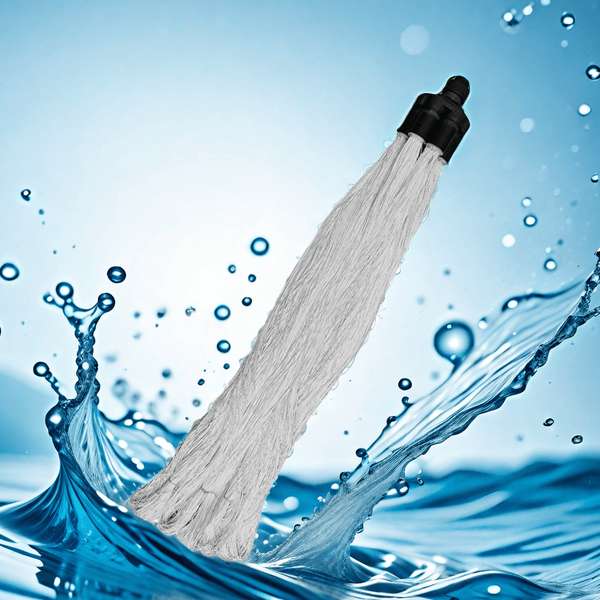What are the precautions for using MBR hollow fiber membranes?
In membrane bioreactor (MBR) systems, hollow fiber membranes play a crucial role in filtration and separation. Proper use and maintenance of hollow fiber membranes are crucial for ensuring the efficient operation of MBR systems. The following are the key points and maintenance tips to pay attention to when using MBR hollow fiber membranes:
1. Regular cleaning: Regular cleaning of hollow fiber membranes is the key to maintaining their filtration performance. It is recommended to develop a cleaning plan based on water quality and operating time to avoid membrane fouling and blockage.
2. Avoid mechanical damage: During installation and maintenance, sharp objects or excessive force should be avoided from touching the hollow fiber membrane to avoid mechanical damage and damage to the membrane structure.
3. Avoid chemical corrosion: Hollow fiber membranes are sensitive to chemicals and should avoid contact with strong acids, alkalis, and other chemicals to prevent corrosion of the membrane surface and affect its filtration efficiency.

4. Control operating parameters: When running the MBR system, it should be ensured that the control operating parameters are stable, such as flux, pressure, flow rate, etc., to maintain the normal operation status of the hollow fiber membrane.
5. Monitoring membrane flux: Regularly monitor the flux of the hollow fiber membrane, identify problems in a timely manner, and make adjustments to ensure the filtration effect and lifespan of the membrane.
6. Pay attention to water quality: Maintaining clean and stable water quality is also an important factor in using hollow fiber membranes. Regularly monitor water quality parameters to ensure that water quality meets requirements.
In summary, the correct use and maintenance of MBR hollow fiber membranes are crucial for the stable operation of the system and efficient treatment of wastewater. Following the above usage precautions and maintenance techniques can prolong the service life of hollow fiber membranes, improve the treatment efficiency and performance of MBR systems, and ensure the quality and stability of wastewater treatment.
